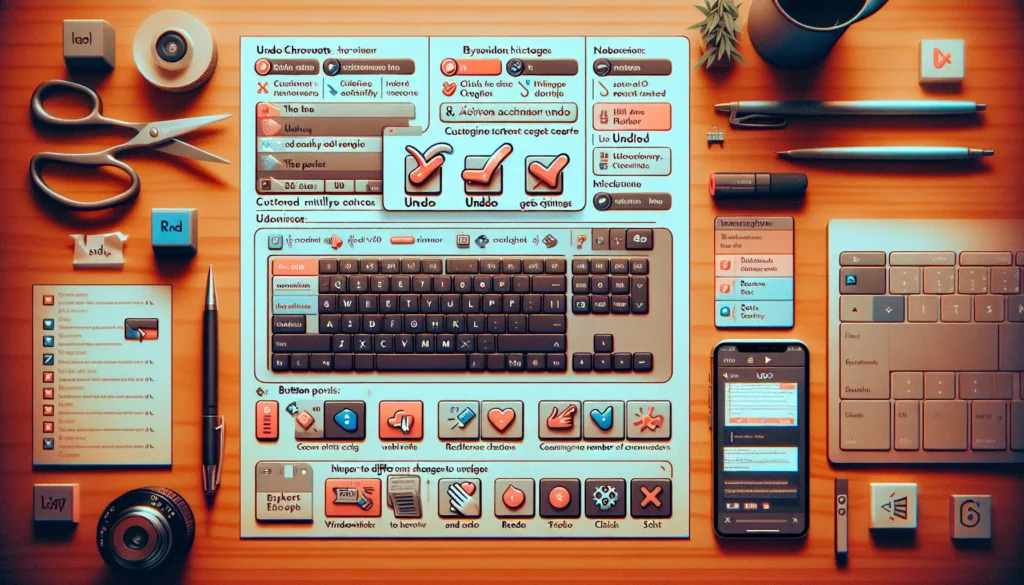A mail merge is a useful feature in Microsoft Word that allows you to create customized letters, envelopes, labels, and other documents for mass mailings. With mail merge, you can send personalized correspondence to many recipients while only creating the base document once.
What is a Mail Merge?
A mail merge works by combining a main document with a data source that contains a list of recipients. The main document is your letter, envelope, or other template that includes special mail merge fields. When you execute the mail merge, Word generates a copy of the main document for each entry in your recipient list, inserting the field data for each individual recipient.
Here are some examples of what you can do with mail merge:
- Send personalized form letters or emails to customers
- Print addressed envelopes for mass mailings
- Create labels for holiday cards, wedding invitations, product mailings, etc.
- Generate name badges for events
- Produce personalized certificates for students
Mail Merge Process Overview
Here is a high-level overview of the mail merge process in Word:
- Set up your main document. Create a new Word document or use an existing template. Add any text, images, and formatting you want to include. Insert special mail merge fields that will pull data from your recipient list.
- Connect your recipient data source. This can be an Excel spreadsheet, Outlook contacts, another Word document, or other external data file.
- Refine your recipient list. Sort, filter, and make any other changes to select your final list of recipients.
- Preview your merge. Check that your main document combines correctly with your recipient data.
- Complete the merge. Generate the individual, personalized documents for your selected recipients. You can save, print, or send the output.
Step-by-Step Mail Merge Instructions
Follow these steps to execute a mail merge in Word:
Set Up the Main Document
- Open Word and create a new blank document or open an existing template you want to use for your mail merge main document.
- Add any text, images, headers, footers, or other content that should appear on every version of your merged document:
- For a letter, create your header, greeting, letter body, closing, and signature line.
- For envelopes, enter your return address.
- For labels, design one template label.
- Click the Mailings tab on the Word ribbon. In the Start Mail Merge group, click Start Mail Merge and select the document type you want to create from the dropdown menu. Common options:
- Letters
- Email Messages
- Envelopes
- Labels
- Directory (for name badges, etc.)
- In your document, click where you want recipient data to appear and select the field name from the Insert Merge Field dropdown. Common options:
- Greeting Line
- Address Block
- City
- State
- Postal Code
- Country
- Repeat Step 4 to insert additional merge fields in your main document. You can insert fields into paragraphs, text boxes, headers, footers, shapes, and more.
- Apply any additional formatting to your main document.
Connect Recipient Data Source
- On the Mailings tab, click Select Recipients and choose Use Existing List from the dropdown menu.
- Locate and select your recipient data file containing the list of people or addresses you want to merge into the document.
- The data must be organized with one record per recipient, with each field in its own column (for an Excel file).
- A confirmation will appear listing how many recipients were detected from the data file. Click OK.
Refine Recipient List
- Back on the Mailings tab, click Edit Recipient List to open your data file.
- Make any changes:
- Sort the entries
- Filter out certain recipients
- Delete or edit rows
- Close or save your updated recipient list and return to the main mail merge document in Word.
Preview Merge Results
- On the Mailings tab in Word, click Preview Results:
- Arrows will appear allowing you to preview each merged document
- Ensure all fields populated correctly for each recipient
- Make any final adjustments to the layout or formatting of your main document based on the previews.
Complete the Merge
- On the Mailings tab, click Finish & Merge.
- Select the desired output option:
- Print documents – Generate one printed copy for each recipient
- Save to Computer – Create individual electronic copies
- Send Email Messages – Generate individual email drafts
- Follow the final prompts to output your documents!
Mail Merge Tips
- Always back up your main document and recipient data before running your final merge.
- For letters or emails, customize the greeting line and opening text whenever possible to add a personal touch.
- Print or send test merges to check formatting before running your full list.
- Save your main document and recipient list together in a folder to easily reuse templates.
Advanced Mail Merge Techniques
Once you master the basics, try some of these more advanced mail merge techniques:
Conditional Content
Use IF fields to check values in your data source and insert text conditionally. For example, you can check the City field to include different event dates for certain locations.
Dynamic Images
Insert images in your main document that change based on values in your recipient data file. For example, show employees their own headshot photo on ID badges.
Data Validation and Hygiene
Use Word’s data mapping feature to clean up your recipient data during the merge process. Standardize formats, remove duplicates, validate entries, and more.
Mail Merge with Outlook
Use your Outlook contacts as the data source for your mail merge. This provides easy access to frequently updated recipient information that you maintain in Outlook.
Mail Merge for Email
Use mail merge to generate individual email draft messages rather than printed letters or documents. Take advantage of Word’s tight integration with Outlook for quick email merges.
Mail Merge with Fill-in Forms
Rather than inserting merge fields into a letter, have recipients fill in their own information using easy fillable form fields you create with content controls.
Troubleshooting Mail Merge Issues
If you encounter issues with your mail merge, here are some common troubleshooting tips:
- Verify your data file is organized correctly with one record per row.
- Confirm all merge fields precisely match column headers in your data source.
- Check for blank lines or extra spaces in your data file entries.
- Make sure number, date, and other fields are properly formatted in your data file.
- Try using a new or simplified data source like a blank Word table.
- Disable any plugins or macros that might conflict with the merge.
- Ensure your main document and data file are both closed before starting the merge process.
- Try restarting Word and your computer before running the merge again.
Conclusion
While it may seem complicated at first, once you walk through the mail merge wizard a few times, the process will make sense quickly. Mail merge is an invaluable tool for creating customized mass mailing documents in Word. With some practice, you’ll be able to merge letters, envelopes, labels, and more in your sleep!
This article covered the complete mail merge process in detail, including setting up your main document, connecting your recipient list, executing the merge, and troubleshooting issues. You also learned some pro mail merge tips for things like adding conditional content and integrating with Outlook.
Now you have all the information you need to create professional, personalized mailings on your own. The key is taking it slow, confirming each step in the wizard carefully, and practicing on simple documents and data sets first. Don’t be afraid to refer back to this guide or Google search for help. You’ll be a mail merge expert before you know it!





